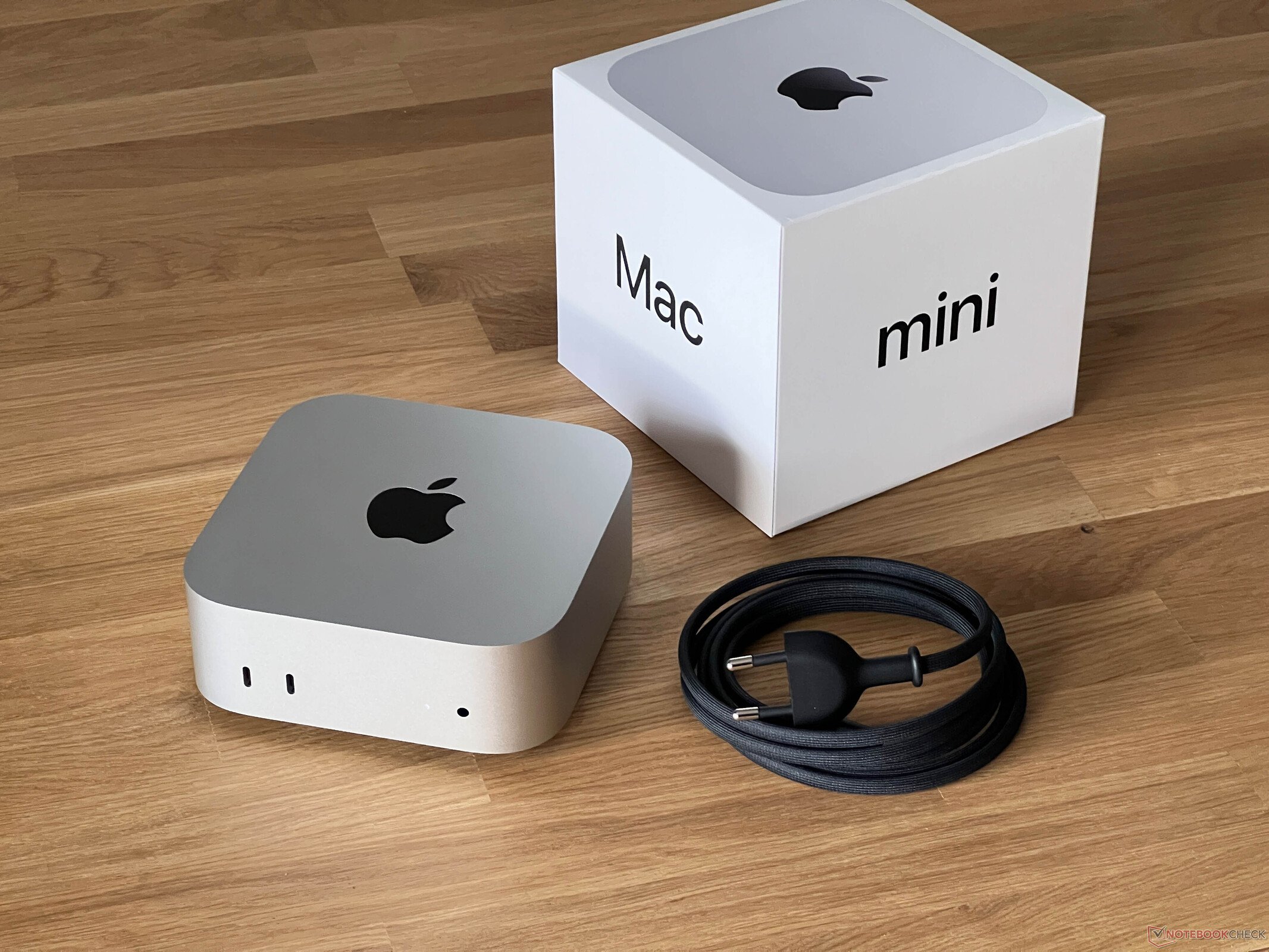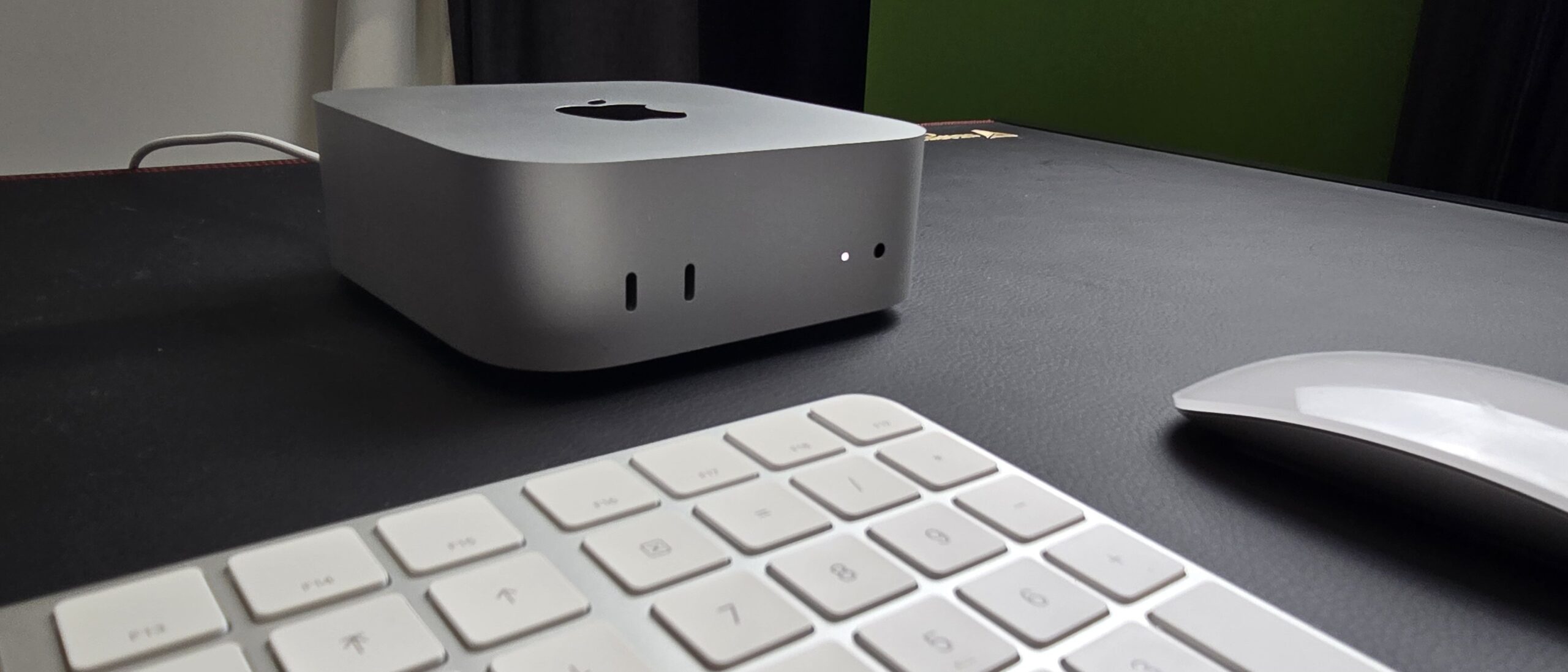The M4 Mac Mini Review: Apple’s Tiny Titan Gets an AI Brain

For years, the Mac Mini has been the unsung hero of Apple’s desktop lineup—a compact, unassuming box that punches far above its weight. It’s the entry point for macOS newcomers, the silent workhorse for creative professionals, and the server-closet staple for developers. With the arrival of Apple’s M4 silicon, this familiar silver square isn’t just getting a speed bump; it’s undergoing a fundamental transformation. The new Mac Mini M4 is a quiet revolution, packing next-generation AI capabilities and staggering performance into a form factor that continues to defy expectations. But in a world of ever-increasing component costs and sealed designs, does Apple’s mightiest mini still offer the same incredible value?
Design: If It Ain’t Broke…

Unboxing the M4 Mac Mini is an exercise in déjà vu. Apple has retained the iconic milled aluminum unibody design that has defined the product for nearly a decade. It’s clean, premium, and slips into any desk setup with minimalist grace. The build quality remains impeccable, with a satisfying density that reassures you of its quality. While its timeless aesthetic is hard to fault, it’s also impossible to ignore that the design is stagnating. In an era where Apple is pushing design boundaries with products like the Vision Pro, the Mac Mini feels exceptionally safe. A new color option or a slightly slimmer chassis would have been welcome, but Apple has clearly focused its innovation inward.

Performance: The M4 Proving Ground
This is where the magic happens. The standard M4 chip brings the next-generation CPU architecture and a more powerful 10-core GPU, first seen in the latest iPad Pro, to the desktop. The leap in single-core and multi-core performance is immediately noticeable. Apps launch instantly, and system navigation is fluid beyond reproach. But the real story is efficiency and specialized hardware. The M4 runs incredibly cool, allowing the Mini’s modest fan to remain completely silent under all but the most grueling sustained loads.
For creative professionals, the updated media engine provides hardware acceleration for AV1 decode and encode, making it a monster for video editors working with modern codecs. The M4 Pro model is the true star, however, offering more performance cores and a GPU that makes 4K video editing, complex code compilation, and even some serious AAA gaming not just possible, but enjoyable. The most significant upgrade, however, is the Neural Engine. Now twice as fast as the M2 generation, it turns the Mac Mini into a formidable desktop for local AI tasks. From advanced photo editing features in Pixelmator to running local language models, the M4 makes on-device AI accessible and blistering fast.

Connectivity and The Sealed Box Conundrum
Apple continues to equip the Mini with a practical array of ports. The base M4 model features two Thunderbolt/USB 4 ports, two USB-A ports, an HDMI port, and a 3.5mm headphone jack. Crucially, it also retains a proper Ethernet port, solidifying its place in professional environments. The M4 Pro model expectedly adds two additional Thunderbolt 4 ports, offering serious expansion capabilities for multi-monitor setups and high-speed storage. The inclusion of Wi-Fi 7 and Bluetooth 5.4 future-proofs the machine for the next generation of wireless standards.
However, the Mac Mini’s greatest strength—its compact, integrated design—remains its most significant weakness. Everything is soldered to the logic board. The RAM and SSD you choose at checkout are what you’re stuck with for the life of the machine. This lack of user upgradability feels increasingly restrictive, especially when Apple’s own upgrade pricing remains astronomically high.
The Value Proposition: Choose Wisely
The M4 Mac Mini’s starting price is compelling, positioning it as the most affordable way to access Apple’s latest silicon. For general productivity, web browsing, and light creative work, the base model is a fantastic machine that will last for years. The problem, as always, lies in the base configuration. Shipping a machine with this much processing power with a meager 8GB of unified memory and a 256GB SSD in 2024 is a deliberate bottleneck. To unlock the M4’s true potential, you need to budget for at least 16GB of memory, and the cost quickly escalates, pushing the Mini into competition with the MacBook Air and even the base Mac Studio. It’s a brilliant machine, but one that requires a careful and often expensive configuration to shine.
The Verdict
The Apple Mac Mini M4 is an engineering marvel. It packs an incredible amount of power, intelligence, and efficiency into a beautifully crafted, near-silent package. For developers needing a powerful yet compact build server, creative professionals who want a dedicated workstation without the “pro” price tag, or anyone seeking a premium, long-lasting desktop for home use, the M4 Mini is a phenomenal choice.
However, its value is conditional. Buyers must be willing to accept its sealed, non-upgradable nature and carefully consider their memory and storage needs at the point of purchase. If you can navigate the configuration options and stomach the upgrade costs, you’ll be rewarded with a desktop that is, ounce for ounce, one of the most capable and impressive computers on the market today.
Where to Buy:
Apple Mac Mini M4 Quick Summary
Key Scores:
- Value: 93%
- Design: 94%
- Performance: 92%
- Quality: 92%
- Popularity: 90%
Top Pros
- ✅ M4 performance offers incredible power for its compact size.
- ✅ Premium aluminum build quality remains a timeless classic.
- ✅ Impressive power efficiency ensures a cool and silent operation.
- …
Key Cons
- ❌ Internal RAM and storage are not user-upgradable.
- ❌ The base model’s 8GB of RAM feels restrictive.
- ❌ Upgrade costs for memory and storage are extremely high.

















